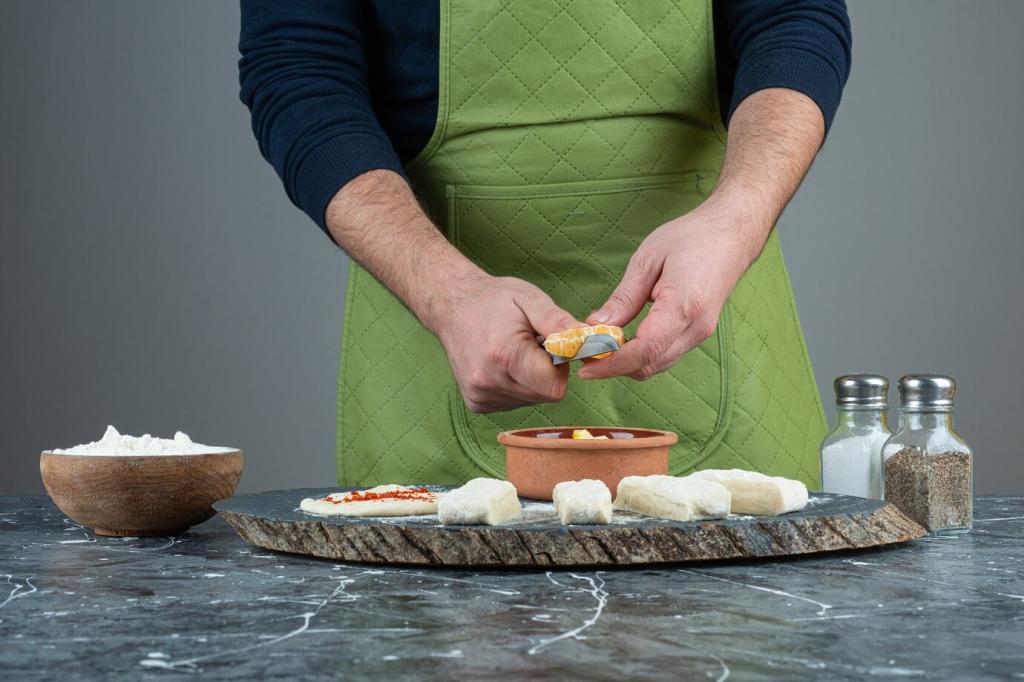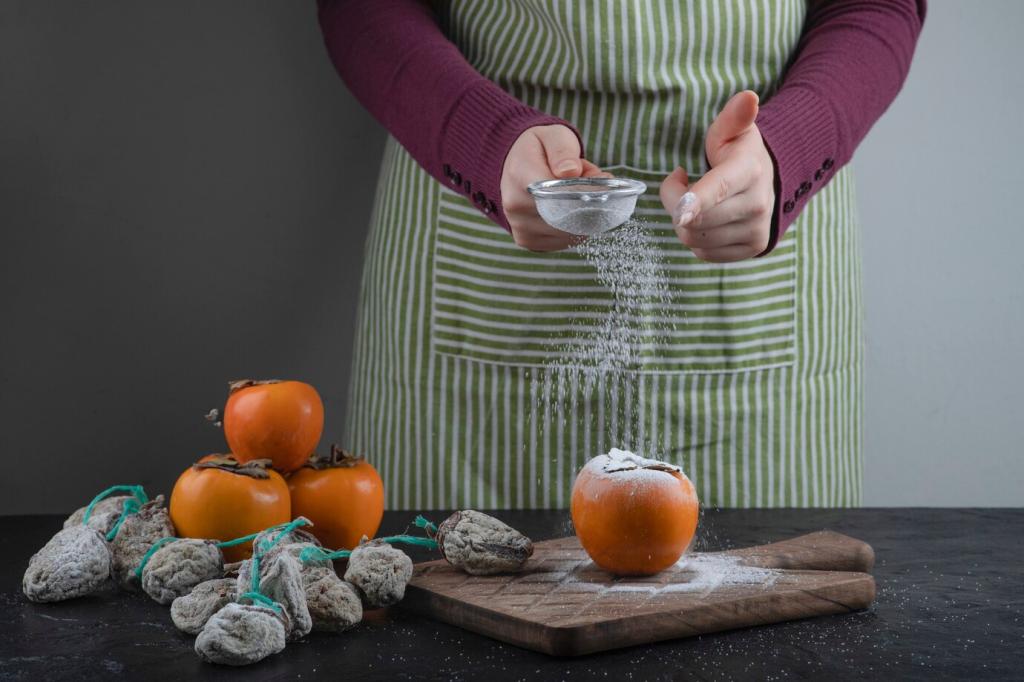Grilling Techniques for Perfect Steaks
Chosen theme: Grilling Techniques for Perfect Steaks. From sizzling crusts to tender, rosy centers, we’ll guide you through the science, timing, and intuition that transform good beef into unforgettable steak. Join our community, share your grill setup, and subscribe for weekly tips tailored to serious steak lovers.


Pick the Right Cut for Your Grill Style
Marbled ribeyes love ripping heat and quick sears, while leaner strips benefit from two-zone finesse. Thicker steaks, like two-inch cuts, excel with reverse sear. If your grill runs hot, choose cuts with generous marbling to buffer heat and build luscious, beefy flavor.

Dry Brining Works While You Sleep
Salt the steak generously and refrigerate uncovered for several hours, or overnight. Salt dissolves surface proteins, penetrates, and enhances moisture retention. The surface dries slightly, accelerating browning. Readers report steadier seasoning and deeper beef flavor—try it and share your timing sweet spot.

Pat Dry and Trim with Intent
Blot moisture just before hitting the grates to avoid steaming and encourage faster crust formation. Trim loose, thin fat that burns easily, but keep firm caps for flavor. Square off ragged edges so searing is even, then tag us with your neat pre-grill prep photo.
Searing Tactics: Direct, Reverse, and Beyond
High, dry heat reorganizes amino acids and sugars into hundreds of new flavor compounds. A dry surface, strong contact, and steady heat maximize this reaction. Avoid sugary marinades before searing—they burn. Use neutral oil lightly and finish with butter or glaze after the crust forms.
Measure Doneness, Not Luck
01
Aim for 120–125°F for rare, 130–135°F for medium-rare, and 140–145°F for medium. Pull a few degrees early to account for carryover heat. Different cuts feel different at the same temp—trust the probe rather than unreliable poke tests.
02
Insert the probe into the thickest center area, avoiding fat seams and bone. After searing, rest on a warm rack; internal temperature rises 3–5°F. Plan this rise so your final target is precise, and tell us how long your steaks typically carry over.
03
A reader once served beautiful crusted ribeyes that felt perfect by touch but landed beyond medium. The rescue came next weekend: instant-read thermometer, gentle rest, and cheerful apologies. Their guests asked for seconds, and the thermometer never left the apron again.
Choose the Right Wood for Beef
Oak and hickory add solid backbone; mesquite is bold—use sparingly to avoid bitterness. Add fist-sized chunks to the hot zone, not soaked chips, for more consistent clean smoke. Watch the color: thin blue smoke means flavor; thick white smoke can turn acrid quickly.
Baste with Aromatic Butter and Herbs
During the final sear, spoon butter over the steak with smashed garlic and rosemary. The hot fat carries flavor across the crust and fills the air with steakhouse aroma. Finish with flaky salt and a squeeze of lemon to brighten the richness at the table.
Timing, Workflow, and Hosting Confidence

Decide when steaks hit the plate, then map rest, sear, indirect warm-up, and preheat. Include a buffer for flare-ups or wind. Printing a timeline on your fridge keeps the evening relaxed, your guests impressed, and your steaks perfectly on cue.
Tools, Safety, and Grill Care
Thermometers and Calibration
Use a fast instant-read thermometer for spot checks and a leave-in probe for reverse sears. Test accuracy in ice water and boiling water. A trustworthy thermometer removes anxiety, enables experimentation, and makes your notes comparable from cook to cook.

Join our mailing list
